Words by Sean Wilson
How important is the relationship between sound and music in cinema? We asked several composers and mixing engineers for their thoughts on the subject.
Revered filmmaker David Lynch once said that “every time I hear sounds, I see pictures”. This means he often intuits, and elicits, emotional responses from the aural landscape of his movies as opposed to the visual one. It may seem an odd admission from a director who has reveled in nightmarish and arresting compositions, from the black and white melancholy of The Elephant Man to the deceptively malicious suburbia of Blue Velvet.
But a closer inspection of David Lynch’s films reveals the truth in his meaning. From the rumbling dissonances of Eraserhead to the distorted, muffled moments of aural terror in the likes of Mulholland Drive, the sound is a visceral and all-consuming force in Lynch’s cinema, communicating a tremendous amount about that macabre hinterland between the imagined and the actual. Then, of course, there’s the multifaceted contribution from his friend and regular collaborator Angelo Badalamenti, whose scoring compositions vacillate between smoky jazz, prowling synth lines, and jagged moments of string-laden terror.
But how does a filmmaker coax out that precise, carefully calibrated harmonic balance between sound effects and music? And what effect does this have on the audience? In the modern era of Dolby Atmos Sound and other high-end technologies, one is well acquainted with the feeling of being overwhelmed by aggressive sound mixing, particularly in blockbuster cinema that must juggle pyrotechnics, gunfire, and the needs of a symphonic orchestral accompaniment.
No longer is it enough to see with our eyes. Increasingly, the intention is to feel the movie in our bones through waves of harshly mixed sound. So, where does this leave the film composer, or composers, navigating the choppy, buffeting seas of sound design? Film scoring is, by its very nature, the final piece of the jigsaw during the post-production period, meaning that the composer has an especially tricky job asserting their voice when the harmonic, non-musical tapestry has been largely established. For composer Geoff Barrow, who has collaborated with Alex Garland on the critically acclaimed Ex Machina and others, clear communication is the key.
When a director announces in the edit that a scene of the film is a pure music scene, it’s great because you know that you will take the front row, no having to fight with the sound design or dialogue.
“We are usually very aware of how much of a sonic role the score will play in the film,” Barrow says. “We ask the director, editors, and/or producers what kind of film they are making? How much are they going to use the sound design? For example, are they going to sub-bass-boom every piece of drama or action?”
As Barrow’s answer makes clear, there isn’t a one-size-fits-all to either sound mixing or music scoring. In the case of Ex Machina, co-composed with Ben Salisbury, it uses a crystalline, subtle approach to orchestra and electronics that matches the claustrophobic intensity of Garland’s storyline, blurring the line between human and robotic. It’s a relatively quiet movie, largely driven by its intelligent dialogue, and the music is therefore favoured.
Nevertheless, Barrow admits that “we have learned to play second fiddle to the sound design”, an indication of the often difficult conversations that go on behind the scenes. He adds: “When a director announces in the edit that a scene of the film is a pure music scene, it’s great because you know that you will take the front row, no having to fight with the sound design or dialogue.”
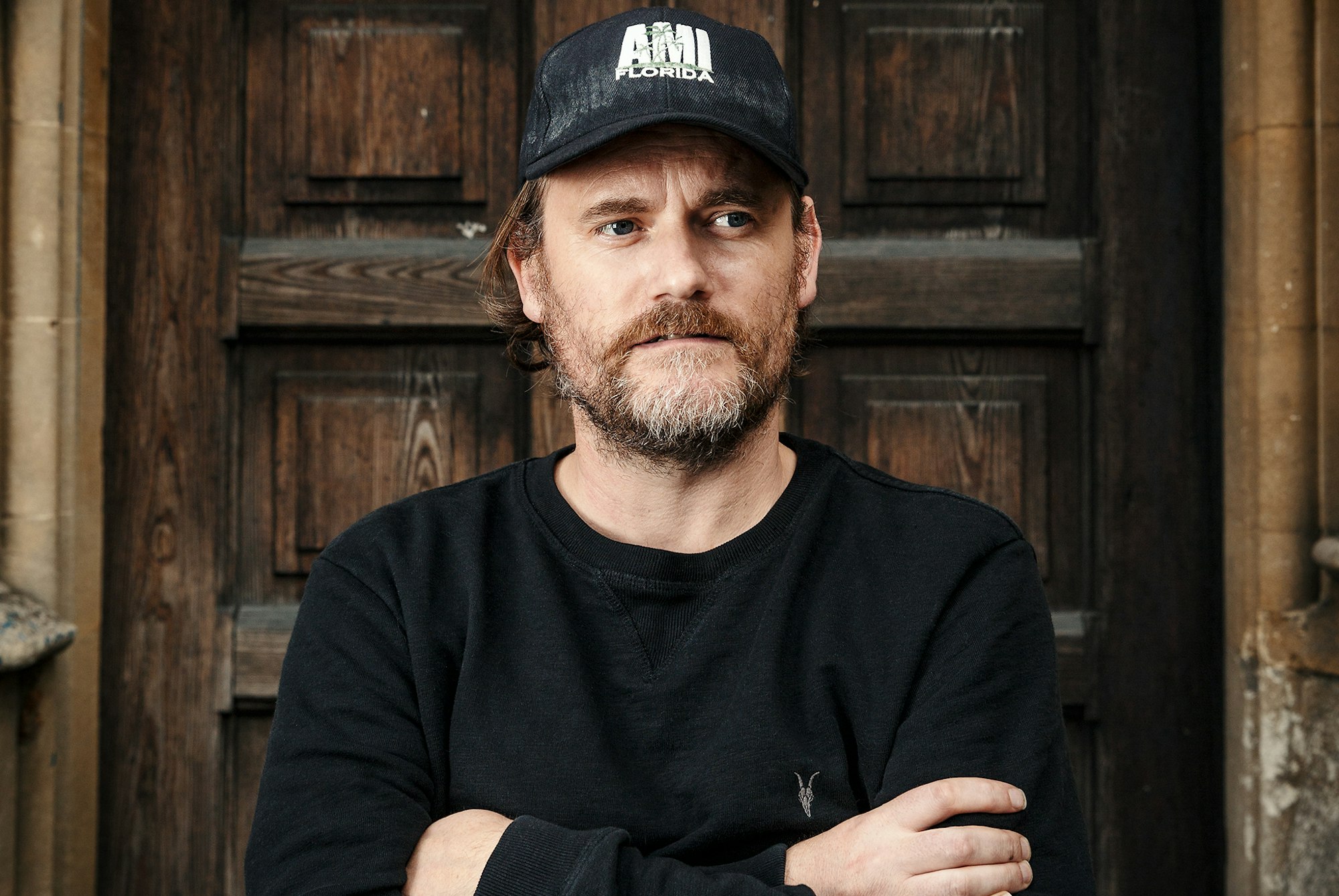
Of course, as far as scoring is concerned, the dynamics of the recording stage are a critical factor. The dynamism of the music, and its eventual presentation in the finished movie, rests heavily on the ambience and acoustics of a given sound-stage. London’s AIR Studios is one of the world’s most revered and continues to host recordings of blockbuster film scores. It’s long been a favourite of composer Hans Zimmer, who scored Gladiator at AIR and several other scores.
One of AIR’s most pre-eminent sound mixers is Geoff Foster, a veteran of the film score and pop music fields. From collaborations with Bjork to movies such as Interstellar and Dunkirk, he sings the praises of the studio space and says, “it simply sounds great”. Foster lauds AIR’s “huge amount of expertise”. Smaller studios, he says, “often don’t have the essentials like talkback mechanisms that you need on a film.
You can usually spot an orchestral score done at AIR without too much trouble. It has a really lovely, friendly family atmosphere to it, so people love working there.
Foster has recently completed work on upcoming tentpole movies No Time To Die and Wonder Woman 1984, both scored by Hans Zimmer. “AIR Studios has a unique sonic quality to it,” he explains. “You can usually spot an orchestral score done at AIR without too much trouble. It has a really lovely, friendly family atmosphere to it, so people love working there, and we have a wealth of expertise. But the vibe is different in every studio you go to. [Hans Zimmer] loves it at AIR and it’s his first port of call. When I’m working with Hans, there’s a whole chunk of conversation that’s unnecessary, because I know what he’s going to ask for, and he knows I’m likely to give him the option.”
“In my head, your recording engineer and your mixing engineer are the same people,” Foster continues. “You know whilst you’re recording what’s going to be required later in the mix. If you’re recording a very loud brass section, and Inception would be a prime example of that, it’s impossible to get the sound from 27/28 brass players and also get the sound out of the strings that you want. So, we know we have to record the strings separate from the brass. We can go for extra grit and vitality from the strings and even if it sounds scratchy, ultimately it doesn’t matter because when we put it up against this huge brass section, it possesses the kind of energy required.”
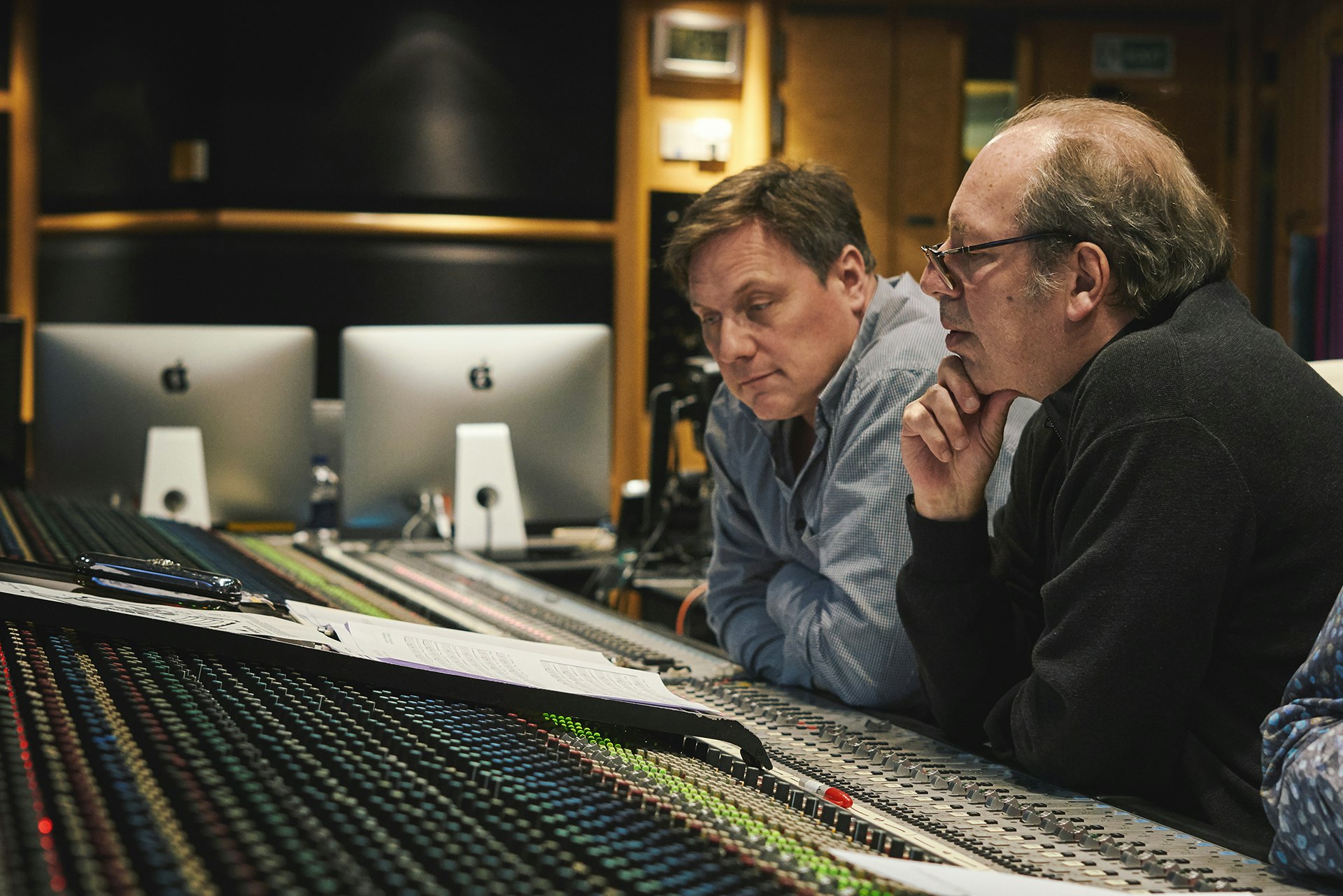
AIR’s facilities and acoustic qualities are also praised by mixer Olga Fitzroy. “AIR studios has two great acoustic spaces,” she explains. “The best-known one is Lyndhurst Hall, a large hexagonal hall set underneath a big domed ceiling, that can accommodate around 100 musicians in normal times. It has a very warm four-second reverb time, that just makes everything sound warm (lots of low frequencies) and lush.
“It used to be the central meeting hall for the headquarters of the Methodist church at one point in its history. Studio 1 is the second-largest space and can accommodate around 40 orchestral musicians, but it was mainly designed for band recording, modelled on the original AIR studio 1 which was in oxford street, above where Topshop is now. This room has a short reverb time and is very bright, (lots of high frequencies) and is great for drums.”
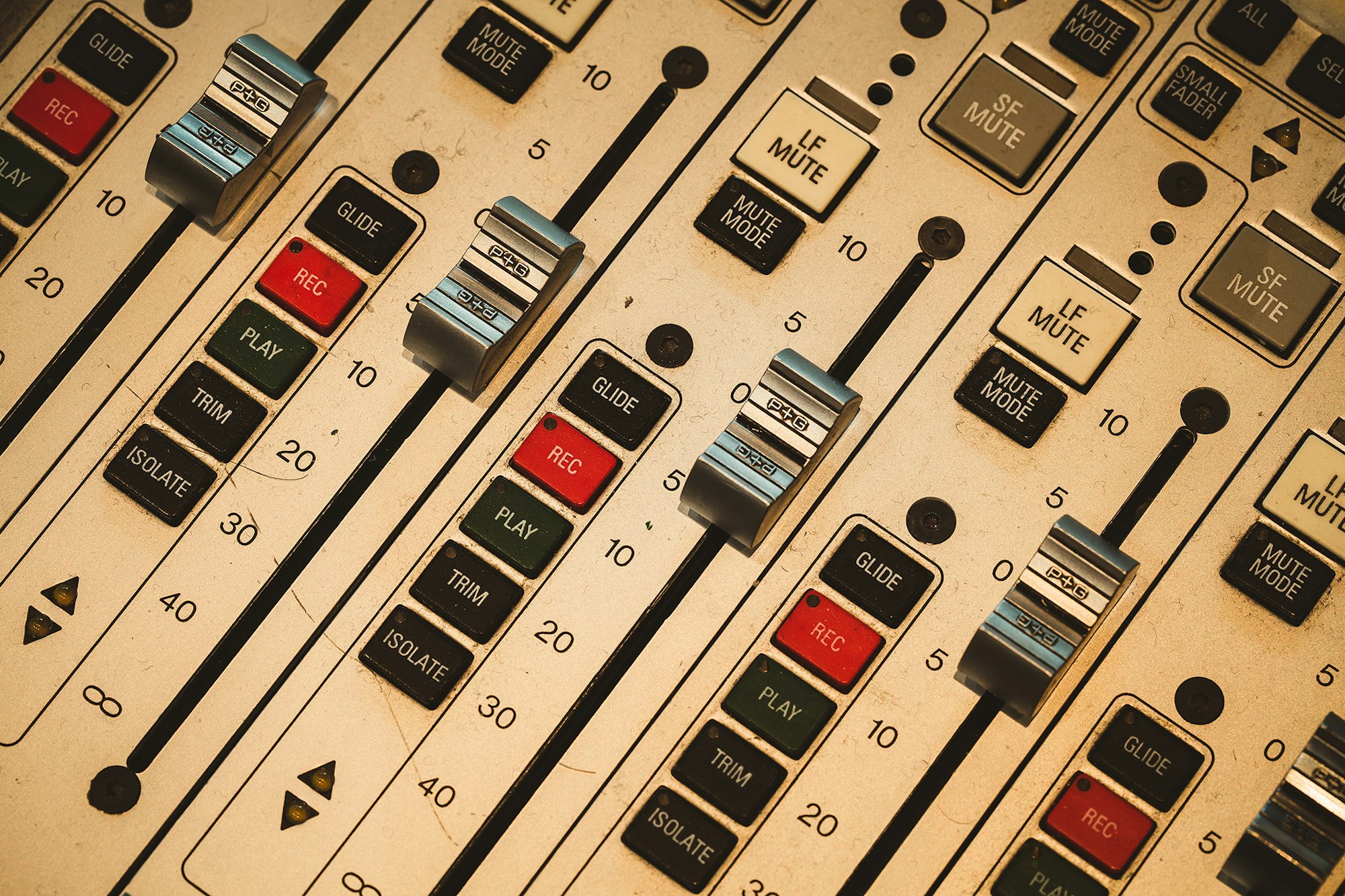
Fellow AIR engineer Tom Bailey has also traversed the pop music/film score divide. His credits include collaborations with Muse and movies such as Luca Guadagnino’s remake of classic horror Suspiria, scored by Thom Yorke. “Score often serves a secondary purpose,” he says. “It’s important early on in the score mixing process to measure the music against the dialogue to ensure you’re not getting in the way.”
Bailey elaborates: “A successful score mix for me is when you get a piece of music on the dub stage where the music stems essentially remain untouched. The composer has achieved their vision and we’ve successfully navigated all of the obstacles in the dialogue and effects. Someone once described dubbing to me as big levers. You’re essentially turning three main things up and down, music, dialogue, and effects. At any one point, it’s difficult for them all to be flat-out.”
Veteran sound engineer Eddy Joseph, a long-time collaborator with late director Alan Parker, first got into the industry in the early 1980s. He concurs with Foster’s thoughts: “I think that the lines between mixer and editor are becoming ever more blurred with a mixer having to do an editor's job. The digital machines that they both use are often the same (derivatives of ProTools as an example). The editor may not be in the room as the mixer is mixing his/her tracks so the mixer would have to re-edit the tracks should that be necessary.”
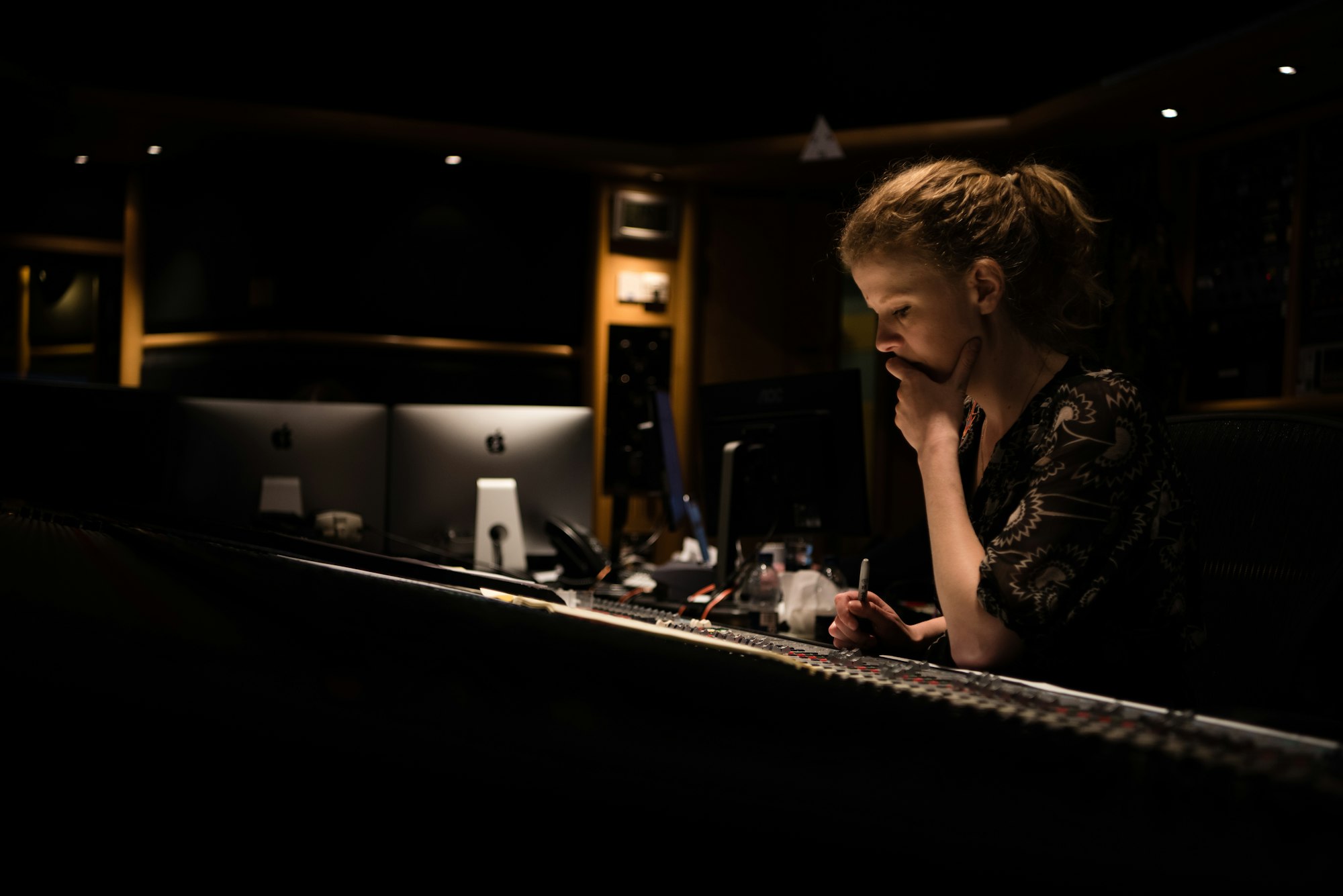
So, how does one achieve that all-important balance resulting in a richly enveloping soundscape? Joseph explains: “It isn’t difficult to create harmony with the three elements of dialogue but often what the mixer decides is harmony is not what the director has envisaged.”
He elaborates further: “Some mixers can subtly persuade the director that the mixer’s vision is the director’s vision when it is not! It seems there are some directors who only really consider the mix at the 11th hour when the cutting is done, the visual effects are complete, the music has been recorded and the grading is perfect.”
“Alan Parker used to refer to the music he would throw against picture to see what would work as his 'toolkit',” Joseph recalls. “The director in the final mix is playing with his 'toolkit' but hasn't considered all the elements together before. Paul Verhoeven on Black Book gave me a list of notes when I started on the film regarding the sound effects he wanted.
There were many directors (I won't name and shame) who seemed to have no concept of sound until it was too late.
“Anthony Minghella would painstakingly go through the film with me detailing what he expected to hear. Alan Parker and I would work our way through the film considering what sound would enhance each scene. Jean-Jacques Annaud was precise about his requirements on each scene. They were the exception.
“There were many directors (I won't name and shame) who seemed to have no concept of sound until it was too late. The role of a re-recording mixer is so often as a liaison officer and someone that can put an arm around the director's shoulders telling him that his concept has been adhered to. No, it is not difficult to create harmony with the three elements but surprisingly rare and too often a compromise.”
So what about the oft-cited difference between dry and wet sound, and its impact on recording? Fitzroy explains: “Dry sound is the sound we get which comes directly from the instrument or singer. There is no echo or reverberation in a dry sound. A wet sound is a sound that has a lot of reverberation or echo – for example, a choir singing in a church would sound “wet”, whereas a radio presenter speaking on the radio would sound very ‘dry.’”
When I sit in the cinema, I try and sit directly in the centre to simulate what my experience would have been during the dubbing process.
The exacting and complicated nature of mixing and scoring a movie has been thrown into sharp relief following the release of Christopher Nolan’s Tenet. The movie has drawn criticism for allegedly overwhelming its complex, entropy-focusing storyline in barraging waves of aggressive sound, which all but obscure the important dialogue. Throw Ludwig Goransson’s propulsive score into the mix and you have an assaulting-ly loud movie that’s split opinion as the role of sound in contemporary blockbusters.
So, what’s the correct approach? Geoff Barrow says, “I’m sure there was a lot of money spent on cleaning up the vox…I’m sure it’s actually very posh sounding. Perhaps Nolan is protecting himself from ridiculous producer notes that try and force filmmakers to ADR and dumb down the film into a different story.”
Geoff Foster believes modern cinema sound is a deeply subjective experience. “When I sit in the cinema, I try and sit directly in the centre to simulate what my experience would have been during the dubbing process. Anyone else and you’re going to get problems with the mix. You may have 20 to 30 surround speakers in the theatre and they’re not time-aligned for where you’re sitting. So, you end with this weird coning, phasing effect. The information that you want to hear, which is usually the dialogue, is a little fuzzy. With music, it exists and persists for a longer period of time, moving around in the Atmos, and the brain is usually happy with it.
“I was lucky enough to do the live dub of Interstellar at the Royal Albert Hall. A lot of people came up to me afterward and said they’d picked up pieces of dialogue they didn’t hear in the movie. But talking to [Chris Nolan], he commented that the dub was interesting, and it was fascinating to get another perspective on it. Chris’ point of view on the movie mix was that you’re not really meant to hear what’s being said, least of all in the initial shuttle launch sequence, which is designed to be overwhelming and overpowering.”
One thing that cannot be denied is this: when the process of mixing and scoring is, appropriately enough, harmonious, the results can be absolutely spellbinding. Joseph recalls with great affection his work on Alan Parker’s seminal Angel Heart, the 1987 Mickey Rourke chiller that keeps audiences off-balance throughout.
“Angel Heart is a film I am proud of from a sound design point of view,” Joseph says. “It was the sixth film that I had worked on for Sir Alan Parker and the first that I was allowed free reign. By that, I mean that there were many montages of horror that built up during the progression of the film that had to be layered and structured. The use of squeaking fans, elevator effects, reverse voices, screams, heartbeats, and lots of reverb became the basis of our design.
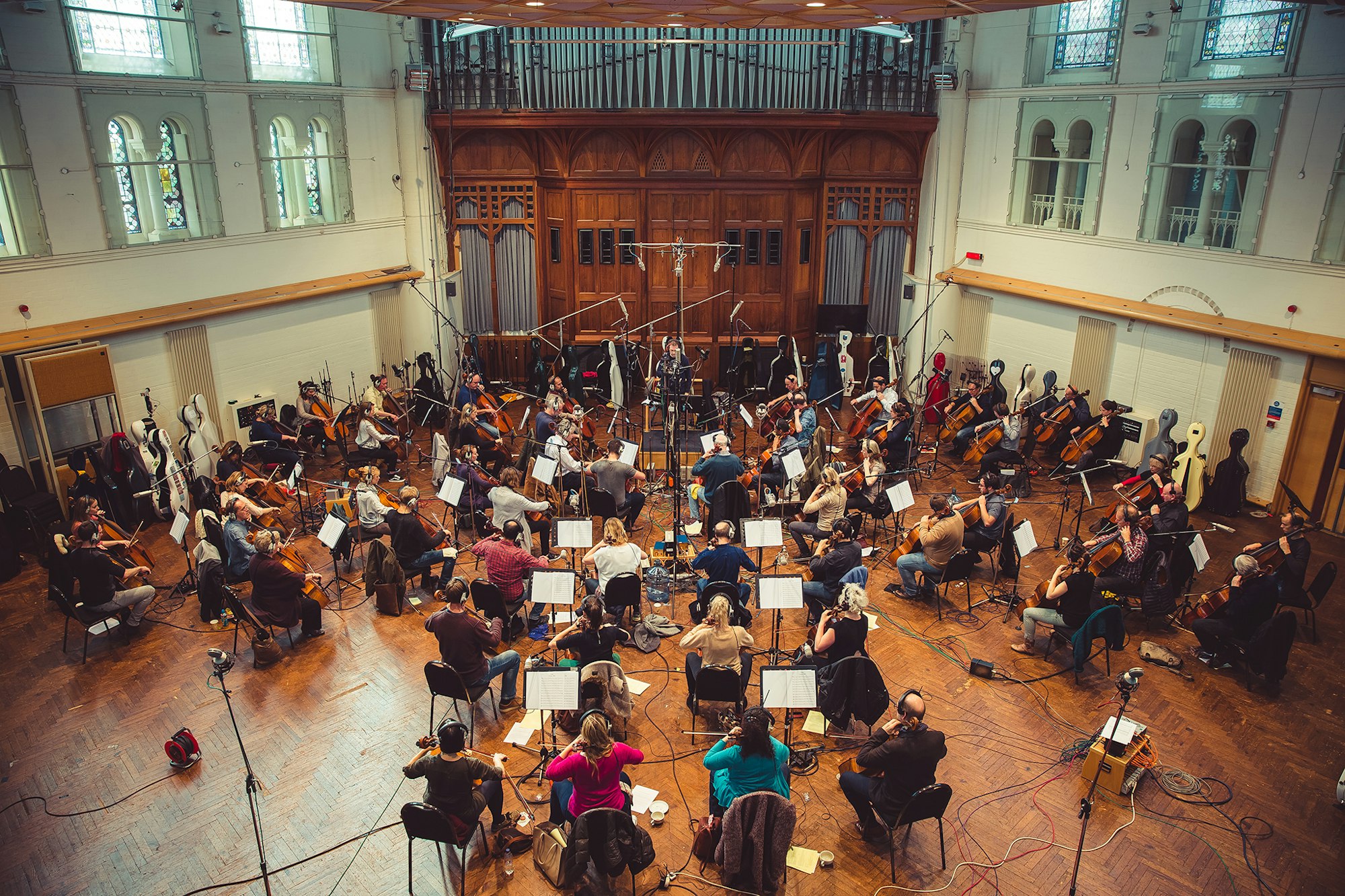
“It was also notable for the difficulty in designing sound analogue without the advantage of modern digital techniques. I was also involved in obtaining the temporary music that became part of our sound montage. In the final mix, we still kept with some of that sourced temporary music even though Trevor Jones had produced a memorable score.”
Olga Fitzroy warmly remembers her time working on the 2007 drama Atonement, the critically acclaimed adaptation of Ian McEwan’s award-winning novel. The score was composed, to Oscar-winning effect, by Dario Marianelli, whose music rises to the forefront in the technically audacious, single-shot tracking sequence through the chaos of the Dunkirk evacuation. At one point, the tender strains of Marianelli’s score meld seamlessly with the hymn ‘Dear Lord and Father of Mankind’, and Fitzroy recalls the collaborative process needed to get that right.
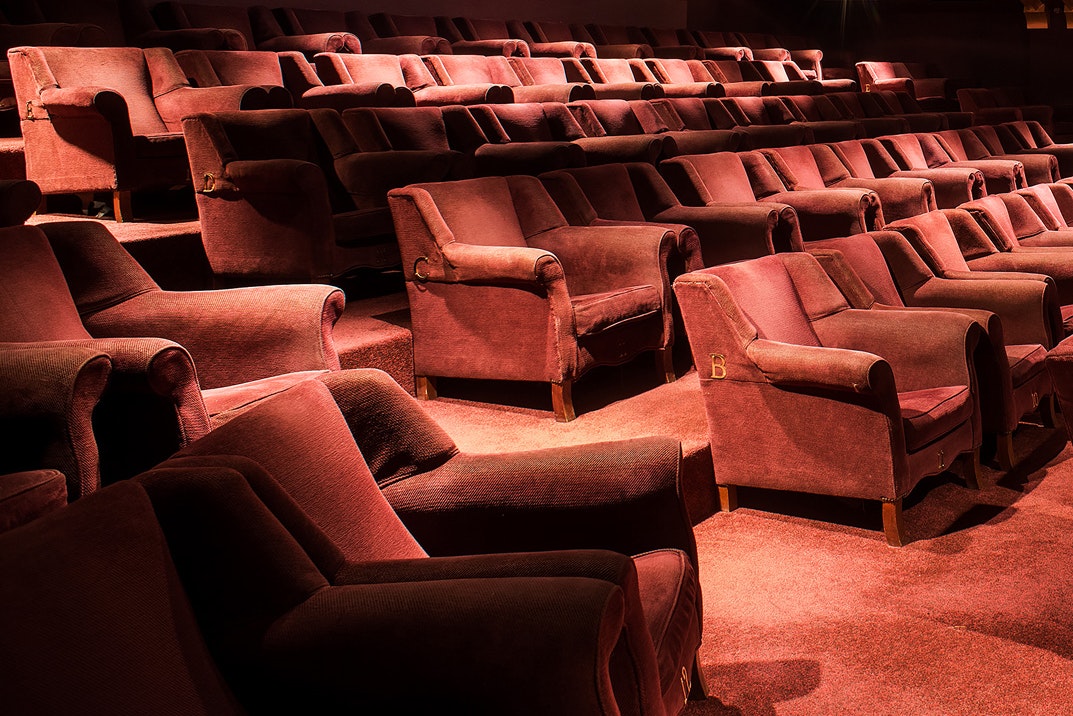
“I was lucky enough to be an assistant engineer on the movie Atonement, with scoring engineer Nick Wollage, composer Dario Marianelli, and director Joe Wright,” she explains. “The most memorable part of that project was mixing the long beach scene, which is a single shot of the beach at Dunkirk, and a choir of soldiers singing hymns. The sound of the soldier singing was mixed in and out of the orchestral score, and the director ended up doing some of the faders moves.”
In the ongoing battle for theatrical distribution to assert its relevance, expect the balancing act between sound and music to become ever more complex and multifaceted. More than ever, audiences are walking away commenting on the sheer volume of contemporary blockbuster releases. But when the medium hits that sweet spot, it really does prove that effective mixing and scoring can go hand in hand with visual design to take us into a blissful realm of pure fantasy.
